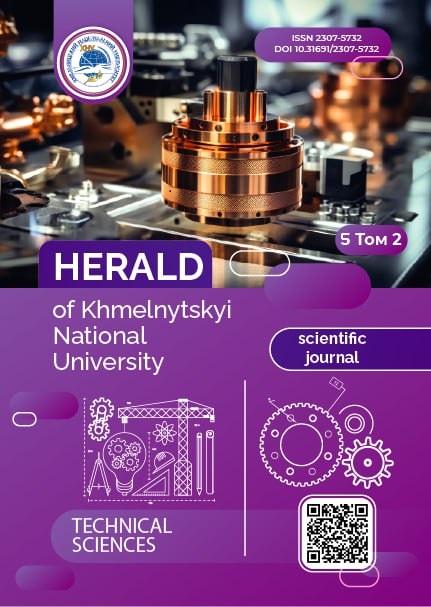ENERGY EFFICIENCY OPTIMIZATION OF A WIRELESS SENSOR NETWORK FOR AIR QUALITY MONITORING IN INDUSTRIAL FACILITIES
DOI:
https://doi.org/10.31891/2307-5732-2025-357-91Keywords:
wireless sensor network, energy efficiency, LoRa, air quality monitoring, adaptive algorithmAbstract
This article presents the development and optimization of an energy-efficient wireless sensor network (WSN) for monitoring air quality in industrial facilities, with a primary focus on enhancing the autonomy of sensor nodes through adaptive data-transmission-frequency regulation. The study analyzed data-transmission protocols (LoRa, ZigBee, BLE, Wi-Fi) and justified the selection of LoRa for its low power consumption and long-range capabilities, paired with MQTT for efficient data exchange. Simulations were conducted in OMNeT++ to evaluate energy consumption and network performance. The proposed adaptive algorithm adjusts the data-transmission frequency based on environmental conditions, increasing node autonomy by 35 % (from 50 to 67 minutes) while maintaining a response delay of 150–200 ms and a message-delivery reliability of 98 %. The system integrates sensors (CO₂, CO, humidity) and actuators (ventilators, humidifiers) to autonomously respond to air-quality changes, ensuring operational efficiency in industrial settings. The use of LoRa enables stable communication over large distances with minimal energy use, while MQTT supports lightweight and reliable device interactions. The star topology simplifies data management but highlights a dependency on the central node, suggesting future exploration of cluster-based architectures for improved fault tolerance. Preliminary cost analysis indicates that the proposed WSN can reduce maintenance expenditures by nearly one-third compared with traditional wired monitoring solutions, underscoring its practical economic benefits. Field trials are planned for a metal-processing workshop, where long-term data will be used to fine-tune energy-harvesting modules and validate compliance with ISO 14001 air-quality benchmarks. The results demonstrate the system’s scalability and potential for further optimization through machine learning or cloud integration.
Downloads
Published
Issue
Section
License
Copyright (c) 2025 МАКСИМ ХМІРОВ, СЕРГІЙ ПАЛІЙ (Автор)

This work is licensed under a Creative Commons Attribution 4.0 International License.

